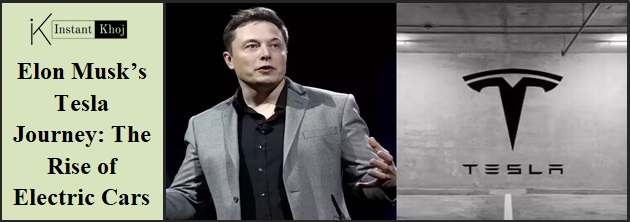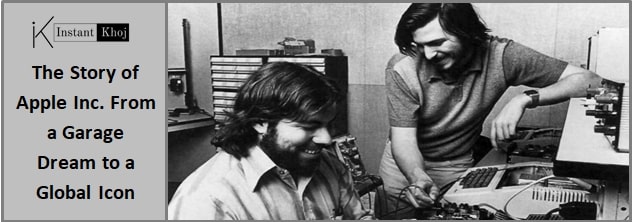In the early 2000s, electric cars were seen as impractical and limited in range. That changed when a visionary entrepreneur named Elon Musk set out to revolutionize the automotive industry. Founded in 2003 by Martin Eberhard and Marc Tarpenning, Tesla Motors quickly attracted Musk’s attention, who joined as chairman and led the company to focus on making electric vehicles desirable, high-performing, and sustainable. With a mission to accelerate the world’s transition to sustainable energy, Tesla started as a niche startup with a big ambition: to prove electric cars could compete with gas-powered vehicles in performance and style.
The Model S Breakthrough: Changing the Electric Vehicle Game
Tesla’s first major breakthrough came in 2012 with the launch of the Model S, a luxury electric sedan that combined sleek design with groundbreaking technology. The Model S boasted an impressive range of over 300 miles on a single charge, shattering long-held doubts about electric vehicle (EV) practicality. Its powerful battery and software-driven features like over-the-air updates and a large touchscreen interface changed the way people thought about cars. The Model S wasn’t just an electric car—it was a symbol of innovation, showing the world that EVs could be fast, fun, and luxurious.
Driving Innovation: From Autopilot to Full Self-Driving
Tesla didn’t stop at electric powertrains. It quickly became a pioneer in autonomous driving technology with its Autopilot system, introduced in 2015. Using cameras, radar, and powerful onboard computers, Tesla’s vehicles could assist with steering, braking, and acceleration on highways, setting new standards for driver assistance. Over the years, Tesla has relentlessly improved its Full Self-Driving (FSD) capabilities, aiming to one day enable fully autonomous vehicles. Elon Musk famously stated, “Full autonomy is the future of transportation,” emphasizing Tesla’s role in shaping that future through constant software innovation.
Expanding Horizons: Energy, Solar, and Battery Storage
Tesla’s vision goes beyond cars. The company expanded into energy generation and storage with products like the Powerwall home battery and Solar Roof tiles. These innovations aim to create a seamless ecosystem where solar energy can be captured, stored, and used efficiently, reducing reliance on fossil fuels. Tesla’s energy division supports its sustainability mission by helping homes, businesses, and utilities shift toward cleaner energy solutions. This integration of vehicles, batteries, and solar power marks Tesla as more than just a car manufacturer—it’s a renewable energy company.
Scaling Up: Gigafactories and Global Expansion
To meet soaring demand and reduce costs, Tesla invested heavily in large-scale manufacturing facilities called Gigafactories. The first Gigafactory in Nevada started producing batteries in 2016, followed by massive factories in Shanghai, Berlin, and Texas. These plants not only ramp up vehicle production but also drive innovations in battery technology and supply chain efficiency. Tesla’s global footprint now spans North America, Asia, and Europe, positioning it as a truly international player in both automotive and energy markets.
Tesla and the Push Toward Sustainable Transportation
Tesla’s impact on the auto industry is undeniable. Its success has pushed legacy carmakers to accelerate their EV programs, making electric vehicles a mainstream choice worldwide. Beyond passenger cars, Tesla is developing electric trucks and commercial vehicles to decarbonize freight transport. With continued advances in battery tech, charging infrastructure, and autonomous driving, Tesla’s work fuels the global shift toward sustainable transportation and cleaner cities.
Final Thoughts: More Than a Car Company
From a bold startup challenging automotive giants to a leader in electric vehicles and clean energy, Tesla’s journey is a story of vision, innovation, and disruption. Elon Musk’s relentless drive has helped change how the world views transportation and energy, inspiring an industry-wide transformation. As Tesla pushes forward with new models, advanced technologies, and ambitious sustainability goals, it reminds us that the future of mobility is electric—and the revolution is only just beginning.




